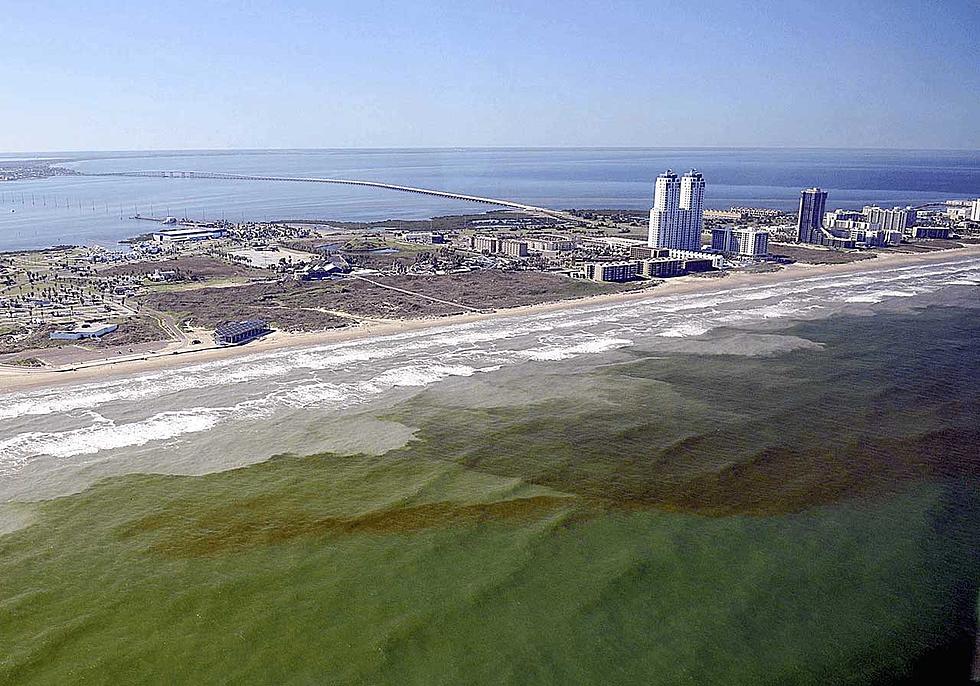
Toxic Red Tide Algae Hits Texas Coast Killing Thousands of Fish
The Texas Gulf Coast has been hit hard by toxic algae blooms over the last couple of weeks, causing thousands of fish to wash up dead onshore.
Also known as red tide, the affected areas include the upper coast around Galveston Bay and lower Laguna Madre in the Rio Grande Valley, the Texas Parks and Wildlife Department said.
This is not a super common thing though.
It's the first time Texas has seen a red tide since 2018 when it affected the upper and middle parts of the state's coastline.
Red tide typically starts in late summer or early fall. Officials with Parks and Wildlife first noticed it south of Houston in Freeport on September 3.
The damage so far.
Officials believe at least two fish kills have been associated with red tide, one on Surfside-Quinanta beaches near Freeport and the other between Sargent Beach and Matagorda Beach last week.
The bloom is suspected to be responsible for killing thousands of fish at the two aforementioned locations.
"This will get most fish nearby," said Bryan Frazier, Parks Director for Brazoria County. "We’re seeing some dead sharks and other fish wash on shore."
What exactly is Red Tide?
A red tide occurs when certain types of algae—plant-like organisms that live in the water—grow out of control. The name “red tide” comes from the fact that overgrowth of algae can cause the color of the water to turn red, as well as green or brown.
Red tides are caused by algae, which are tiny, microscopic organisms that grow in the water. Almost all bodies of water have some algae, but in a red tide, there is a lot more algae in the water than usual. In fact, the water changes color in a red tide because the population of algae living in the water becomes so dense.
Can Red Tide be harmful to humans?
The short answer is yes. People who swim in water with a high concentration of red tide can experience eye, nose, and throat irritation, as well as coughing, wheezing, and shortness of breath.
The toxins can also become airborne and people can breathe them in and have adverse reactions that way.
Thankfully, red tides in Texas don't last very long, according to the National Oceanic and Atmospheric Administration.
However, while the algae bloom "runs its course," officials at the affected beaches are asking people to stay off beaches for safety.
6 Places to Visit in Texas That Won't Kill Your Bank Account
More From 101.5 KNUE







